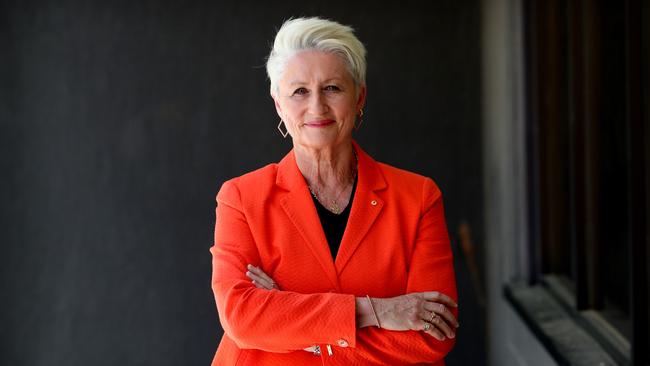Insurance cover ditching natural therapies to save taxpayer dollars
The government will restrict health insurance coverage for natural therapies as a way to put downward pressure on premiums.

The popularity of natural therapies and over-the-counter remedies is being tested as the federal government moves to ensure taxpayer dollars are spent wisely.
While health insurers paid out $53 million on natural therapies in the June quarter, the government will restrict such policy offerings from April 1, leaving members to decide whether it is worth paying for them outright.
The move is designed to put downward pressure on premiums and the government rebate, but comes amid an ongoing debate over rising out-of-pocket expenses across the health sector.
The election of the independent member for Wentworth, Kerryn Phelps, has been welcomed by natural therapy advocates who want her to oppose the new rules.
Dr Phelps yesterday questioned the science behind the decision to restrict insurance cover for natural therapies and whether it was also being used to shift more costs to consumers.
While the rules were introduced a week before the Wentworth by-election, and announced a year beforehand, the crossbencher will seek more information from the Morrison government.
“Natural therapies are seen as a soft target — this decision is not in the best interest of patients,” Dr Phelps said.
Almost three years ago, The Australian revealed a review by the National Health and Medical Research Council had found little or no proof that 17 natural therapies were clinically effective.
Of the therapies reviewed, only massage will continue to qualify for insurance benefits, with insurers being ordered to remove therapies including aromatherapy, homoeopathy, iridology, kinesiology, naturopathy, pilates, reflexology, tai chi and yoga.
“I don’t know where they’re looking but there is substantial evidence of the effectiveness of yoga and tai chi,” Dr Phelps said, by way of example.
Former health minister Sussan Ley was reluctant to act on the issue because natural therapies were thought to attract young, healthier members needed to offset the costs of older members.
However, the introduction of premium incentives for younger members allowed minister Greg Hunt to introduce the rules with insurance industry support.
Meanwhile, the boom in over-the-counter remedies, such as vitamins, supplements and less potent painkillers appears to have plateaued.
Latest figures from the Australian Institute of Health and Welfare show consumer spending on the “all other medications” category grew only 0.3 per cent in 2016-17, following a 1.7 per cent decline the year before.
That is a far cry from the peak of 16.3 per cent in 2011-12.
The slowdown came amid the Medicare freeze and concerns over out-of-pocket expenses and rising insurance premiums.
When the Coalition government previously sought to introduce a GP co-payment, the department advised that the category “can be considered to be discretionary,” suggesting consumers could afford a co-payment if they cut down on over-the-counter remedies.
The government will not force the issue: it did not accept recommendations from a review calling for pharmacies to be banned from selling homoeopathic medicines, and separate complementary medicines from the more rigorously tested and government-subsidised scheduled medicines.



To join the conversation, please log in. Don't have an account? Register
Join the conversation, you are commenting as Logout